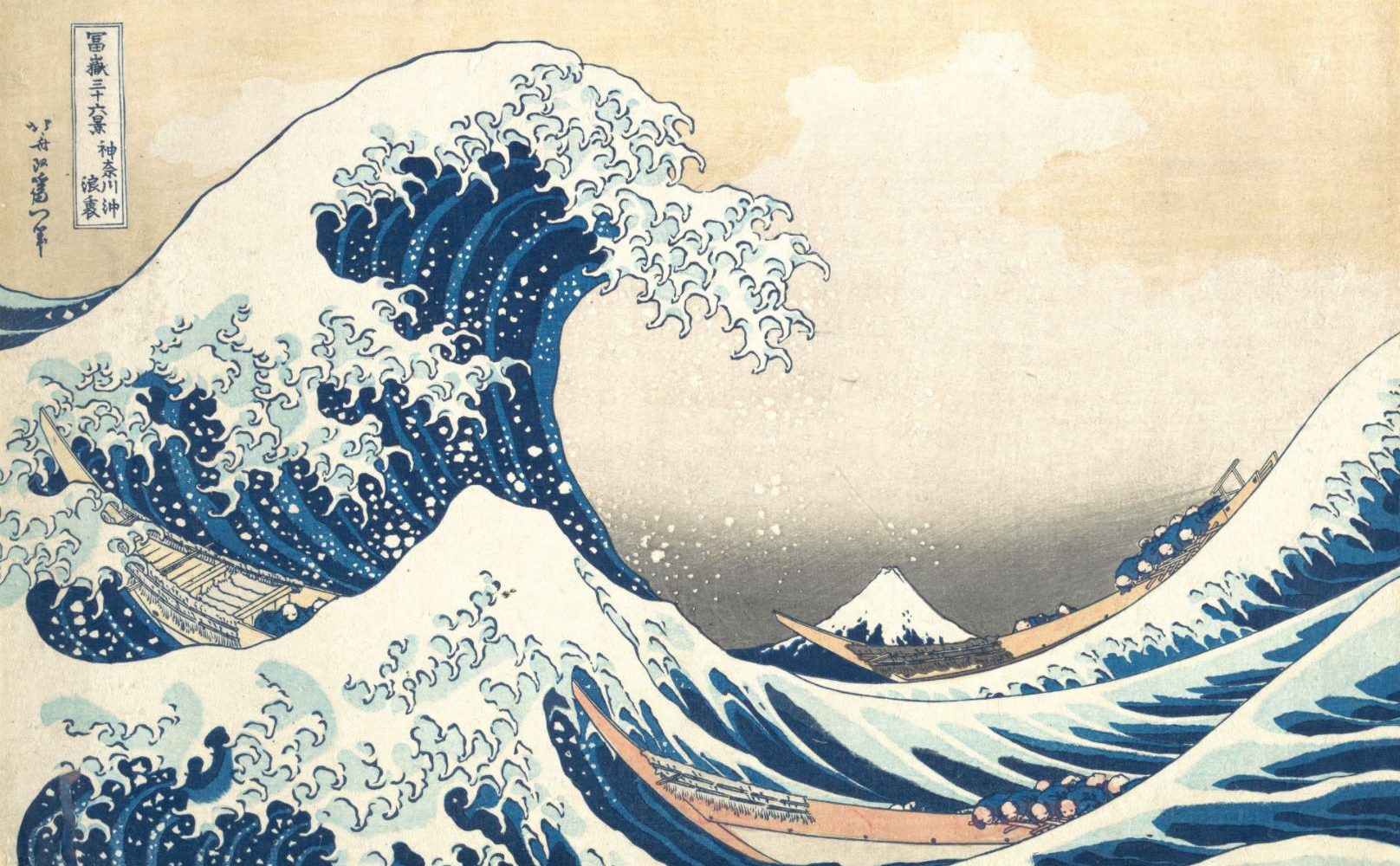
Diane Bourke explores the wonderful world of haiku – a perfect family activity as we spend more time at home. Her tips and advice will help kids and parents discover the magic that three lines can convey.
Recently I received a call from my Year 3 grandson, at home relishing the challenges of remote learning. He wondered whether I might like to talk to him about one of his tasks – writing haiku. I was delighted and replied:
I’m over the moon
Excited you thought of me
Let me think for now.
A haiku is an unrhymed three lined poem which can be read aloud in approximately six seconds. It is based on an elegant and timeless Japanese poetic form, identified by the arrangement of syllables and the insubstantial evocation of a concept, emotion or natural event.
The traditional pattern in English is to write the first and last lines with five syllables and the middle line with seven syllables. Here’s a simple haiku to help you remember:
I am first with five
Then seven in the middle
Five again to end.
The history of haiku
Haiku first emerged in Japanese literature during the 17th century as a reaction to elaborate poetic traditions. It is one of the world’s oldest regularly written forms of poetry.
Basho (1644-1694) is renowned as its leading poet, elevating haiku to a tightly honed and conscious skill. He began writing what was considered this ‘new style’ of poetry in the 1670s as he travelled throughout Japan. His experiences became the subject of his verse. An example:
On a withered branch
A crow has alighted;
Nightfall in autumn.
This one highlights the fact that a translated haiku doesn’t always meet the 5-7-5 rule but its power remains, nevertheless.
In the West, in the 1900s, haiku influenced authors such as James Joyce and D.H. Lawrence, and attracted the attention of Beat poets such as Allen Ginsberg and Jack Kerouac.
A perfect family activity
Haiku is an ideal poetic style for children of all ages because of its short form. It is easy to learn to write haiku, as you can tell by my initial response to my grandson, but it can take a lot of practice to do it well.
Done well, it is magical but done for fun it still has amazing benefits. Why not spend some time within the family group thinking about and exploring haiku. Be wary though, it might become infectious!!
For instance, as I sit glancing out my window, I notice
Golden daffodils
Waving through my glass back door
Brightening my day.
Or, as my daughter recalled after watching my grandson and me on the Zoom call:
The joy of haiku
Brainstorming and laughing hard
Fun with my Granny.
Often, haiku are about seasons or nature, but they can be about anything, as long as the words ‘show’ rather than ‘tell’. Draw attention to things that might go unnoticed in your children’s world.
The many benefits of haiku
As Haiku is generally written in the present tense, discuss the meaning of this with your children. What are tenses? Furthermore, all our senses – touch, taste, hearing smell and sight can be experienced with haiku and these too can be discussed and considered as the lines of the haiku take shape. What senses are felt when reading ‘Happy is yellow’ or ‘A fat bee stung me’?
The last line of a haiku usually makes an observation, pointing out something about the subject of the haiku. You can even write amusing haiku poems that are riddles or jokes. One way to make a haiku amusing is to have an unanticipated last line, which becomes the punchline. Ken Nesbitt once wrote:
My homework is late
My dog ate it this morning
I sure like my dog.
Or there is the old knock, knock joke.
Knock, knock who is there
A sudden, a sudden who
A sudden haiku.
Creating haiku together has so many benefits. Besides bonding, it helps children develop their vocabulary skills, to focus and be clear and succinct with their word choices. The experience furthers their appreciation of the flow and rhythm of words, deliberately placed together for effect.
In a simple, fun way the children learn to formulate ideas within rigid constraints and to convey a message simply.
Besides, these experiences also develop the children’s imaginations and creativity and so help them view the world with wonder and curiosity. The adults involved should encourage them to step outside and glance around, to be joyful, unafraid and a tiny bit silly, always with a notebook on hand to record the gems that flow.

Syllables and word lists
Now let’s return to syllables. Point out to the children the five-seven-five rule regarding the syllable construction of haiku. You will need to ensure that they understand how to discover syllables in words.
Breaking words down into syllables is a great spelling strategy. A syllable is a part of a word pronounced as a unit. These units make up the sound of a word. A syllable is usually made up of a vowel alone or a vowel with one or more consonants.
Have the children clap out the syllables in each line of a haiku and count with each clap. The word ‘haiku’ has two syllables. The word ‘incredulous’, (one of my grandson’s favourites), has four syllables. Using a dictionary or thesaurus to review how to find words (and count their syllables) when necessary, can also be a useful learning activity, with or without adult assistance.
Once the children decide on a subject and title for their haiku, encourage them to identify and collect lists of words that describe the subject.
How many can they find? Feel free to provide them with some new words and together use them in conversations throughout the day.
Not all words will be utilised in their poems, but a rich and descriptive list will give them many words to select from. Remember, each word used must count.
For some added enrichment, and if writing about the seasons, use what the Japanese call ‘kigo’. These are seasonal clues. Obvious seasonal words are ‘snow’ and ‘heatwave’ but less obvious terms like ‘ice-cream’ and ‘crackling fire’ could be used. How many kigo can you think of for Autumn or Spring? In the end, you will have been part of helping the children expand their vocabulary and enhance their reading comprehension.
The final product
Now back to the start. Over the following days, my grandson and I spoke (often in syllables) and laughed as he shared drafts of his haiku via Zoom.
Our hands became red with clapping out syllables, well almost. Ultimately, I was delighted to see his pride and excitement in completing and sharing the home learning task – three poems, related to his favourite sports.
Ultimately, these were published, with accompanying photographs, in a three-page book. This was his idea, not mine, but it’s one I suggest other families use and keep for posterity, perhaps also as a reminder of the current pandemic.
To end, here’s one of his haiku. He still has the scar to prove it!
Mountain Bike Riding
Speed up, hit the ramp
Flying higher, twist and turn
Uh oh falling crash.
About Diane Bourke
Diane Bourke is a Project Manager for Independent Schools Victoria. She was Head of Junior School, Campbell House, at The Geelong College for 16 years, and Head of Junior School, Morris Hall, Melbourne Girls Grammar for 15 years.
Main image: Under the Wave off Kanagawa, by Katsushika Hokusai, from the collection of the Met, New York.
Like this post? Please share using the buttons on this page.
Subscribe to The Parents Website

